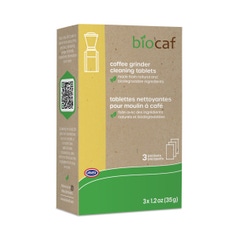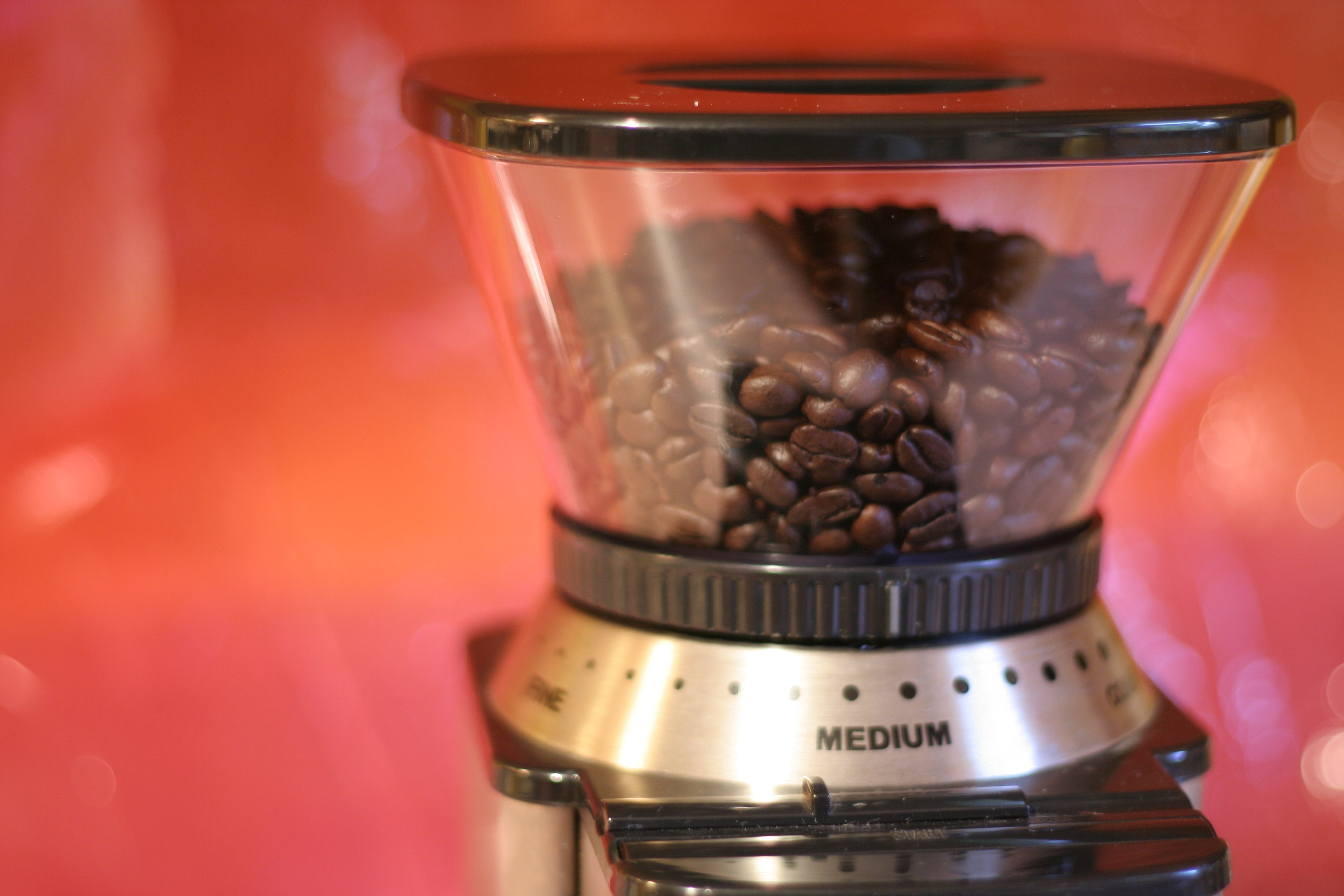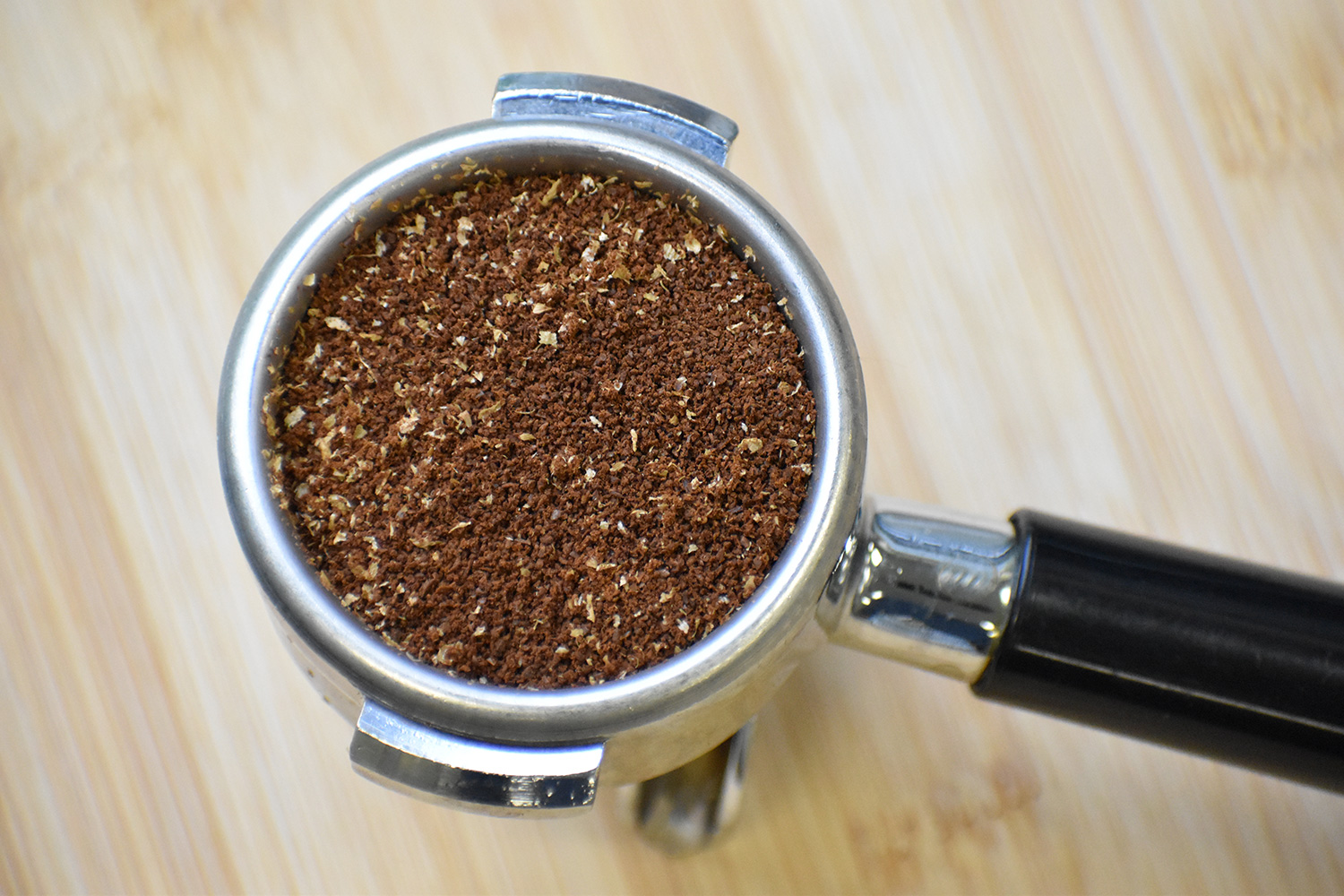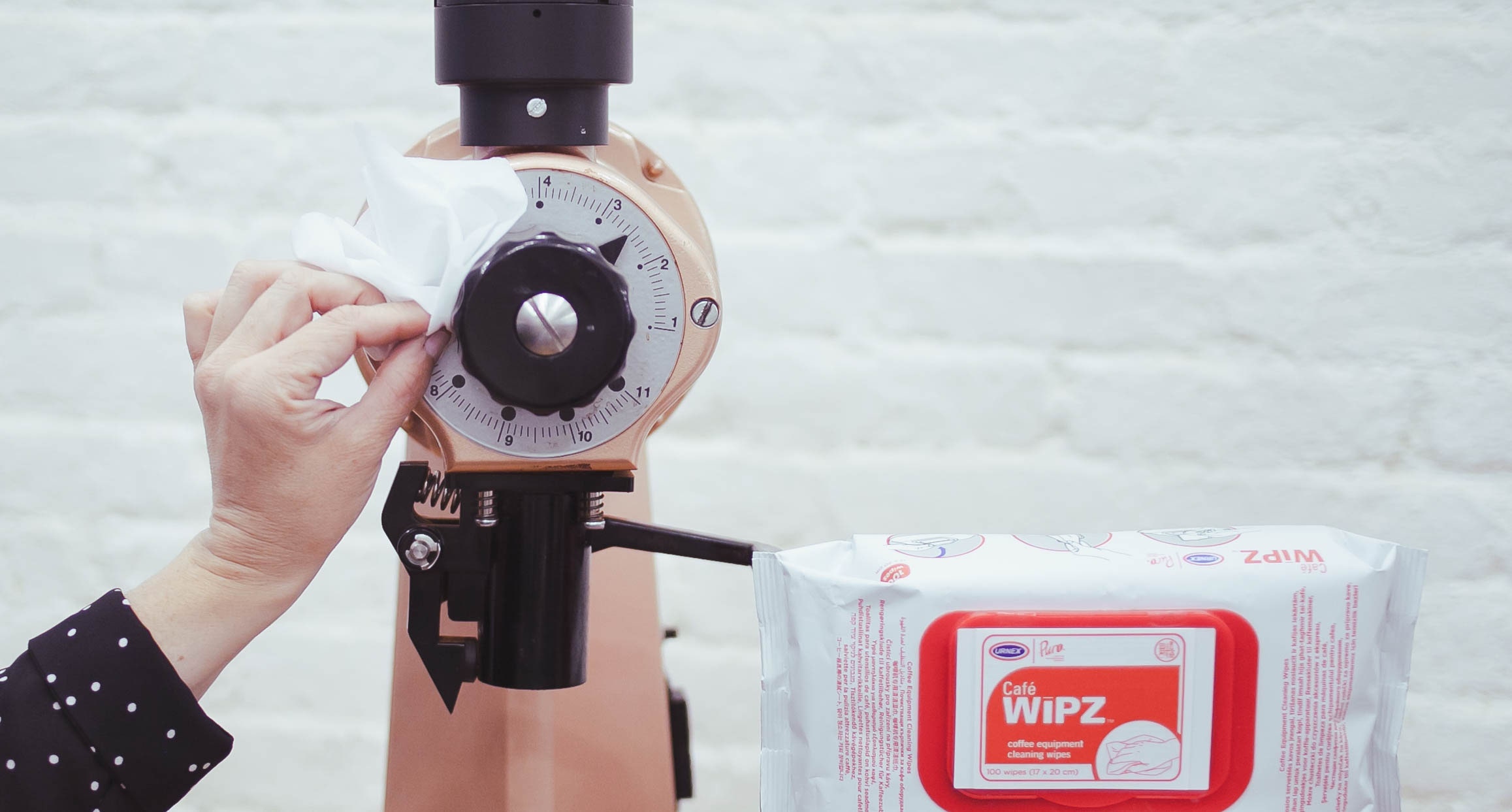
Here are five essential tips for getting the most out of your coffee grinder for brewing better tasting coffee:
1. Match the Grind Size to the Brewing Method
Grind size is one of three core factors that determines extraction yield in coffee, in addition to temperature and brew time. The size of the coffee grind corresponds to the length of time for extraction using a particular brewing method. And the right grind size for the brewing method allows coffee brewers to bring out the best flavors of a coffee:
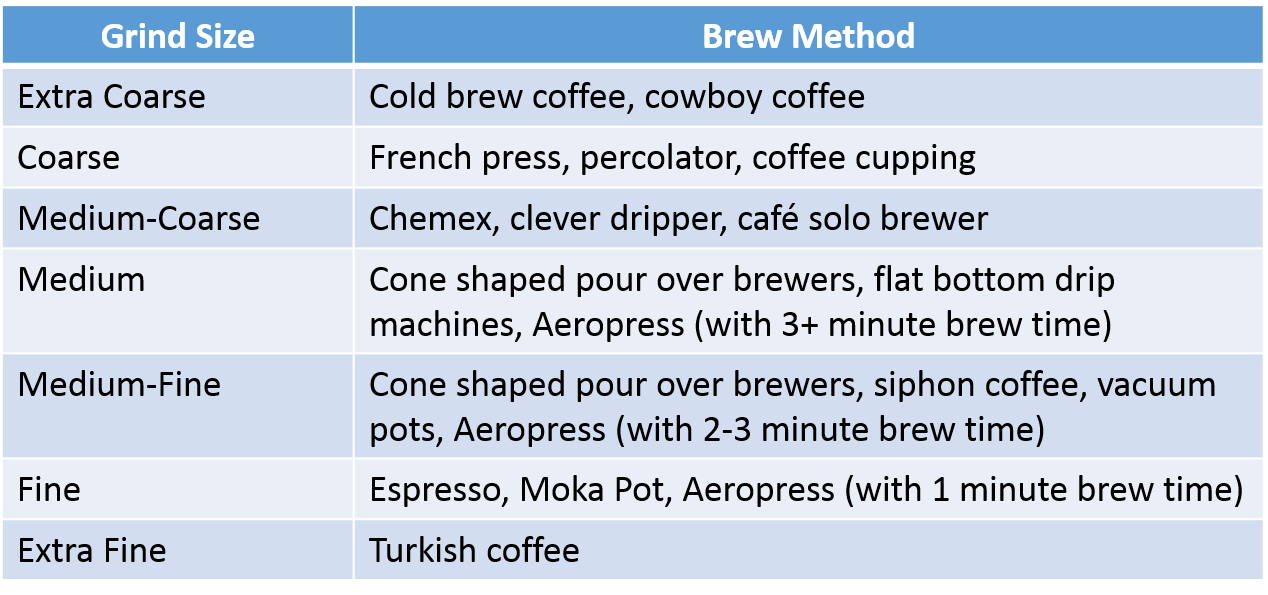
A coffee will be under-extracted (under 18%) if the coffee grounds are too coarse for the brewing method. This is because larger particles have less surface area and release flavor more slowly, and the desirable flavors of sweetness and bitterness have not been sufficiently extracted. Under-extracted coffee will taste sour, acidic and salty.
Inversely, a coffee will be over-extracted (over 22%) if the grounds are too fine for the brewing method. Smaller particles have more surface area and release flavor more quickly, so the bitter components continue to be extracted after acids and sugars have largely completed extraction. Over-extracted coffee will taste bitter and hollow.
Think about this: if coffee dissolved at 100%, there wouldn’t be any leftover grinds in the filter!
2. Dial In Your Grinder
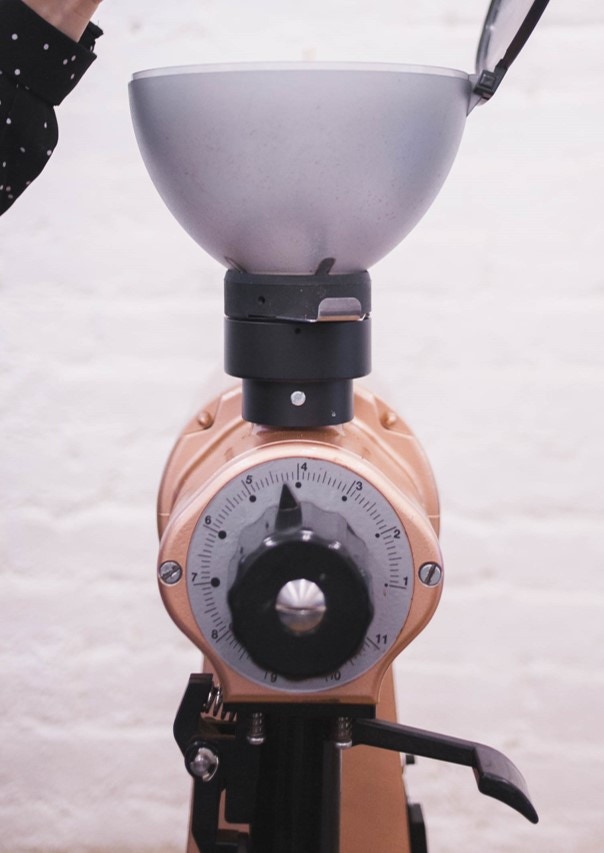
There are several factors that affect which grind setting to begin with – the grinder itself, the coffee beans, and even the temperature and humidity of the air. Besides starting with the recommended factory setting, there’s no right or wrong place to begin with dialing in a grinder – just pick a grind setting, and make appropriate changes from there.
Your palate can be a valuable tool to discern whether you’ve correctly dialed in your coffee grinder. If your coffee tastes sour, make the grind finer. And if the coffee tastes bitter, make the grind coarser. Grind size will also effect the body (sometimes called “mouthfeel”) of your brew, so use your palate to make observations and adjust the grind in the direction of your desired drink texture.
Once you adjust your grind setting, make sure to purge the leftover grounds before using a new coffee or making a new type of coffee beverage.
3. Clean Your Coffee Grinder
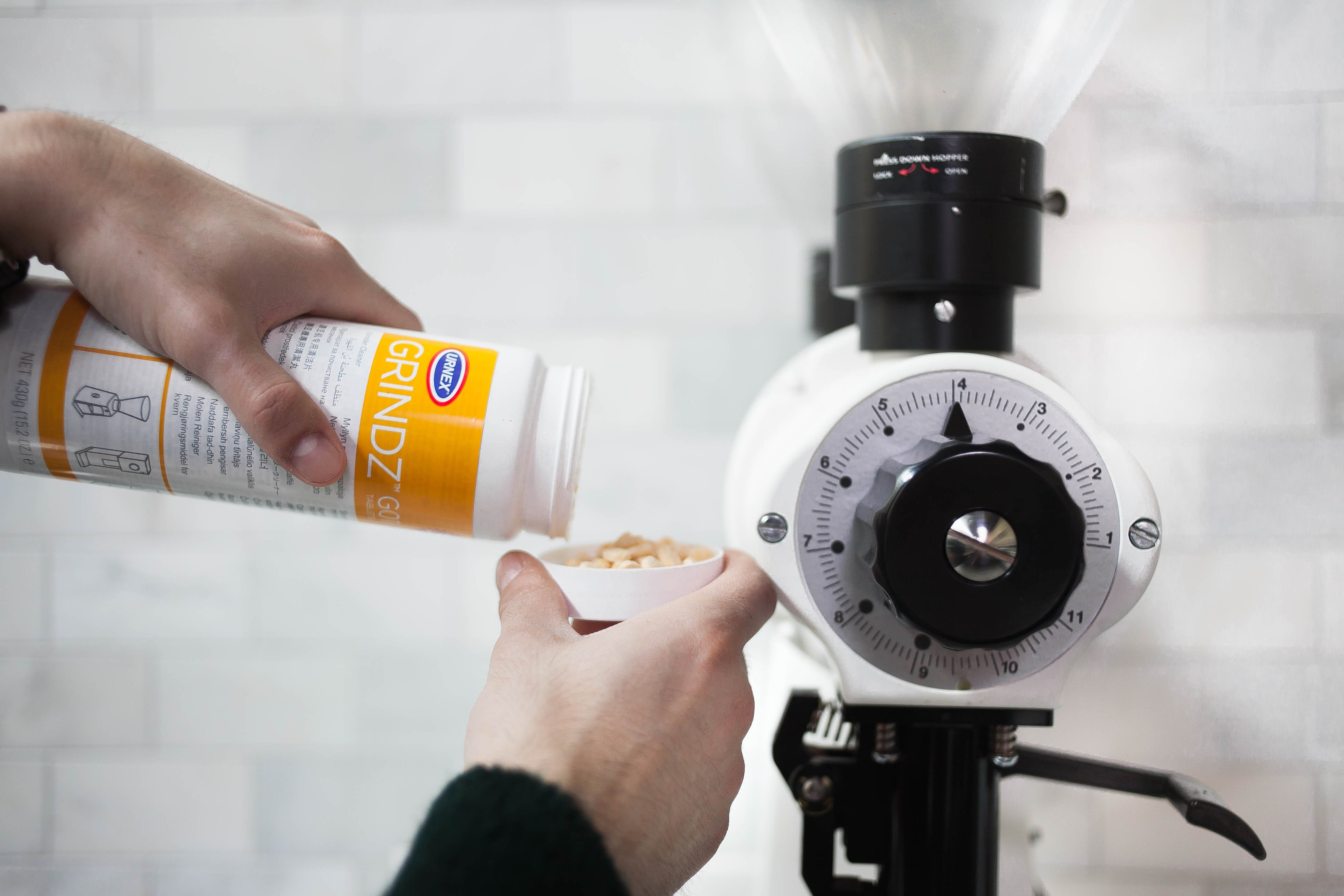
4. Keep Your Grinder Dry
Like any electrical appliance, a coffee grinder should not get wet. Moisture can build up in the machine, which causes the grounds to easily stick to the grinder, and they won’t flow as easily through it.
Moisture shouldn’t come near the burrs and grind chamber, especially if your grinder has steel burrs. Rust or corrosion can build up near the moving parts or the motor, which will reduce the overall performance of the grinder.
5. Grind Fresh, Quality Beans
It’s nearly impossible to brew a quality cup of coffee without beginning with quality beans. But each roast will have different results with different grinders. No two coffees will use the exact same grinder settings for ideal extraction, which is why it’s necessary to dial in your grinder for each new batch of coffee used.
But for all roasts, fresh coffee is key. Coffee should ideally be used about four days after the roast date, and used up within 10-12 days. As that time passes, the beans become less fresh, and grinder settings might need to be tweaked.
By following these five coffee grinder tips, you'll be well on your way to operating your grinder like a pro and brewing a better tasting cup of coffee.

